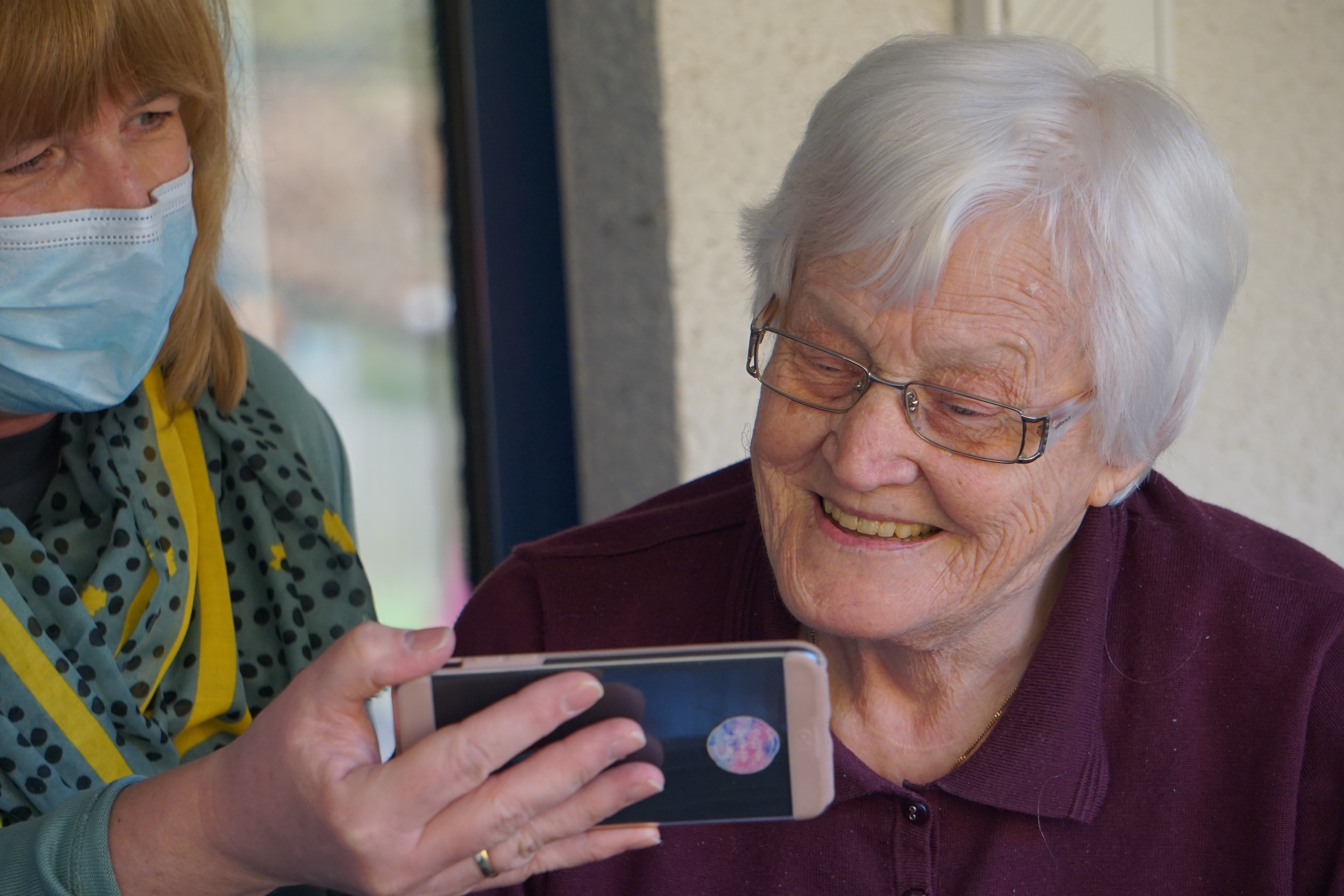
Care Tips for Patients with Bladder Conditions
Decreasing Stigma can Lead to Better Treatment
There can be a lot of stigma surrounding bladder conditions. Many patients may find it embarrassing or difficult to talk about. But making sure that these conditions are treated is an important part of the patient’s overall health. These tips will help you create a safe place for your patients to acknowledge their condition and to treat the issue accordingly.
Encourage Communication with the Patient
1The first and most important step is to encourage your patients to communicate any symptoms they may be experiencing that relate to their bladder, whether this be urgency, frequency, pain or the inability to fully empty the bladder. It may be embarrassing or difficult for some of your patients to communicate with you about their symptoms. Let your patients know that they can speak freely with you about any problems they may have when it comes to their health. Create a safe place for them to communicate with you. This is especially important with bladder conditions, as many of the symptoms are “hidden.” Unless the patient communicates their symptoms to you, the condition could go undiagnosed and untreated. These tips may help you open up a dialogue with your patients:
- Ask the patient specifically if they are experiencing an issues, such as “Do you make it to the bathroom in time?” or “Do you limit your fluids to reduce your trips to the bathroom?”
- Be frank about bladder conditions, their treatment and symptoms but remember to be sensitive to those that may feel embarrassed.
- Pay attention to clues that hint at a bladder condition. When you notice these clues, you’ll be able to ask questions that can lead to a dialogue with the patient. Such hints might be wet clothing or the smell of urine.
- Encourage the patient to ask any questions they may have about their condition, treatment or any concerns they may have. If you don’t know the answer to a question, tell them you will check with their doctor and get back to them.
Help the Patient Track their Bathroom Schedule
2Encourage the patient to keep or help them keep a journal of when and how often they use the bathroom and any symptoms they may experience. Keeping this journal may help in diagnosis and treatment of the condition.
Communicate with Your Team
3It is important to communicate with your team about any symptoms the patient discusses with you. This ensures that everyone is on the same page when caring for the patient. Make sure their doctor is aware of any new symptoms or changes so that the treatment plan can be changed accordingly.
Encourage Patients to Practice Good Bladder Health
4It is important for all patients, including those with no bladder conditions currently, to exercise good bladder health. Remind your patients to practice these good habits to improve or keep their bladder health:
- Drink 6 to 8 cups of water a day.
- Cut down on caffeine and alcohol.
- Use good bathroom habits: take your time and fully empty your bladder. It is normal to use the bathroom 4 to 8 times a day and no more than twice at night.
- Limit foods that can bother the bladder, like chocolate as well as spicy or acidic foods.
- Stop smoking. Tobacco is a major cause of bladder cancer.
- Encourage patients who have been assigned pelvic floor muscle exercises to do their exercises.
- Encourage patients to follow the treatment plan for their bladder condition that has been prescribed by the doctor. If they have a concern, make sure to communicate that concern with the doctor. Use active listening skills and reassure the patient that they are being heard. Make sure that the doctor answers those concerns and that the dialogue is continued with the patient.
Encourage Patients to Take their Medications
5If a medication has been prescribed by the doctor, encourage your patient to take the medications accordingly. This medication may be a pain reliever or antibiotic for a UTI. It is important that the entire course of antibiotics as prescribed is taken to reduce the risk of future resistance.
With in-home care, the nurse and other technicians are often the first line of defense. You spend more time with the patient than the doctor, so it is important to pay attention to clues that hint at a bladder condition and also creating a safe place for patients to discuss some of their most embarrassing symptoms. By following these tips, you can decrease the stigma of bladder conditions that will lead to better treatment for patients.





